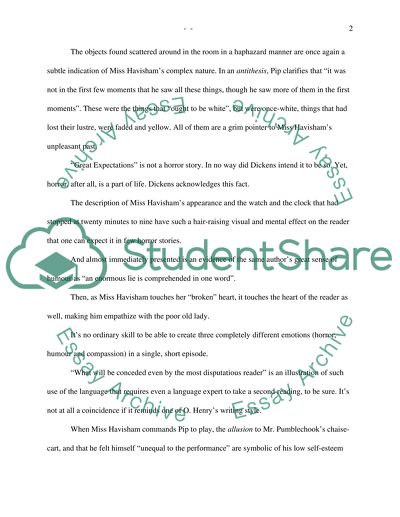Cite this document
(Analysis of Charles Dickens Great Expectations Book Report/Review, n.d.)
Analysis of Charles Dickens Great Expectations Book Report/Review. https://studentshare.org/literature/1560027-close-reading-exercise
Analysis of Charles Dickens Great Expectations Book Report/Review. https://studentshare.org/literature/1560027-close-reading-exercise
(Analysis of Charles Dickens Great Expectations Book Report/Review)
Analysis of Charles Dickens Great Expectations Book Report/Review. https://studentshare.org/literature/1560027-close-reading-exercise.
Analysis of Charles Dickens Great Expectations Book Report/Review. https://studentshare.org/literature/1560027-close-reading-exercise.
“Analysis of Charles Dickens Great Expectations Book Report/Review”. https://studentshare.org/literature/1560027-close-reading-exercise.


